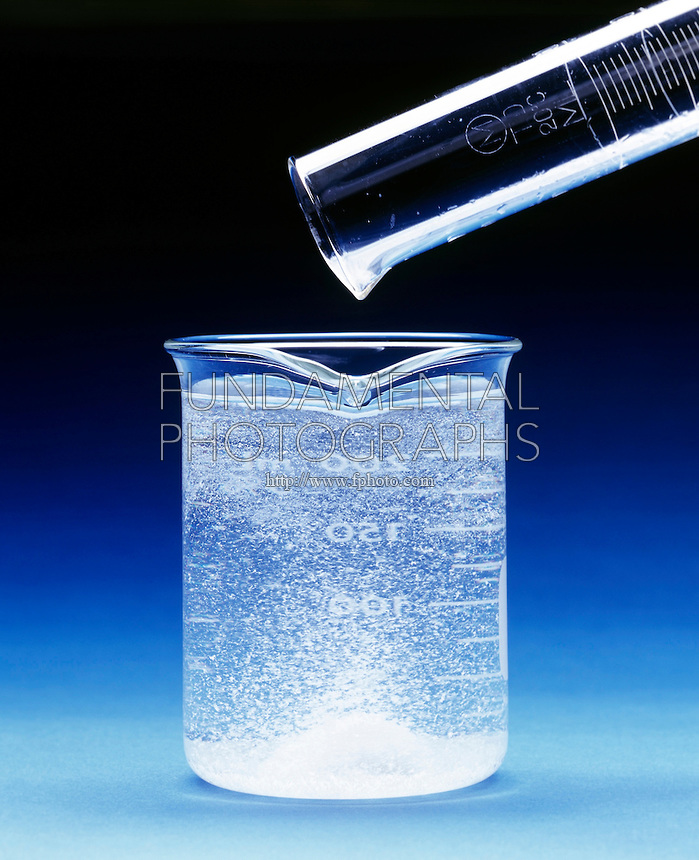Question #1aa1a
1 Answer
Explanation:
The key to this problem is the balanced chemical equation that describes this double replacement reaction.
Aqueous lead(II) nitrate,
#"Pb"("NO"_ 3)_ (2(aq)) + "MgCl"_ (2(aq)) -> "PbCl"_ (2(s)) darr + "Mg"("NO"_ 3)_ (2(aq))#
The two reactants are consumed by the reaction in a
Moreover, lead(II) chloride is produced in a
So, use the molarities and volumes of the two solutions to find the number of moles of each reactant
#color(purple)(|bar(ul(color(white)(a/a)color(black)(c = n_"solute"/V_"solution" implies n_"solute" = c * V_"solution")color(white)(a/a)|)))#
You will have
#n_(Pb(NO_3)_2) = "0.100 mol" color(red)(cancel(color(black)("L"^(-1)))) * overbrace(200 * 10^(-3)color(red)(cancel(color(black)("L"))))^(color(blue)("volume in liters"))#
#n_(Pb(NO_3)_2) = "0.020 moles Pb"("NO"_3)_2#
and
#n_(MgCl_2) = "0.200 mol" color(red)(cancel(color(black)("L"^(-1)))) * overbrace(300 * 10^(-3)color(red)(cancel(color(black)("L"))))^(color(blue)("volume in liters"))#
#n_(MgCl_2) = "0.060 moles MgCl"_2#
Notice that you have fewer moles of lead(II) nitrate than of magnesium chloride, which means that the lead(II) nitrate will be completely consumed by the reaction.
This implies that the reaction will produce
#0.020 color(red)(cancel(color(black)("moles Pb"("NO"_3)_2))) * "1 mole PbCl"_2/(1color(red)(cancel(color(black)("mole Pb"("NO"_3)_2)))) = "0.020 moles PbCl"_2#
To get the mass of lead(II) chloride that will precipitate out of solution, use the compound's molar mass
#0.020 color(red)(cancel(color(black)("moles PbCl"_2))) * "278.11 g"/(1color(red)(cancel(color(black)("mole PbCl"_2)))) = color(green)(|bar(ul(color(white)(a/a)"5.6 g"color(white)(a/a)|)))#
I'll leave the answer rounded to two sig figs.
SIDE NOTE Lead(II) chloride is a white precipitate.


